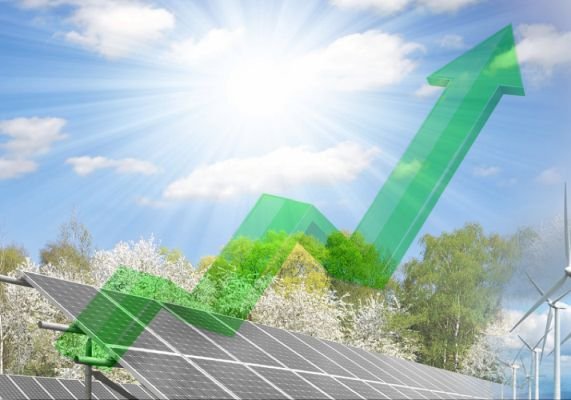India’s utility scale solar capacity reached 29.7 GW by September 2019, growing 25% y-o-y.
A review of the EPC data shows two interesting trends-
- Contrary to popular perception, share of third-party EPC contractors is increasing and touched 77%, highest in the last five years.
- Second, there is increasing consolidation in the EPC market as many regional and smaller players have been edged out of the utility scale projects business.
Over the years, most leading developers, particularly Indian corporate houses (Adani, Hero, Acme, Tata Power, Shapoorji Pallonji, amongst others) and private equity backed platforms (ReNew, Azure and Mytrah) have shown a strong preference for bringing EPC work in-house.
Faced with falling tariffs, they have tended to use internal resources for project execution to cut costs and improve project returns.
However, two factors have led to a reversal in this trend. The EPC market itself has been intensely competitive with
- sharp fall in costs
- and wafer-thin margins.
There is little cost advantage, therefore, in self-EPC. Indeed, some of the developers keen on self-EPC previously are beginning to consider third party services.
As project sizes have become larger and margins have been eroded, smaller EPC service providers have found it tough to sustain operations. These changes have benefited larger players such as Sterling & Wilson, Tata Power, L&T and Mahindra Susten who find it relatively-
- easy to raise capital,
- diversify internationally,
- benefit from economies of scale
- and maintain a healthy order book.
Meanwhile, most of the international developers including SB Energy, Engie, Enel, Fortum continue to prefer outsourcing EPC work. Increase in their share of the project pipeline has led to an increase in use of third-party EPC services.
This story is based on BRIDGE TO INDIA research
